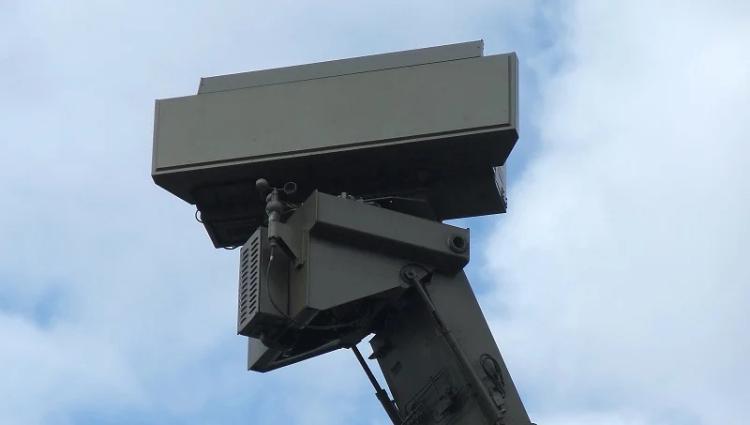Russian Scientists Create RadarSFEMOS — a System for Drones That Works in Any Weather
MIPT scientists have presented RadarSFEMOS, a system that allows drones to accurately navigate in space even in heavy rain, snow, and fog. Unlike cameras and lidars, it does not lose accuracy in difficult conditions and has already proven its effectiveness in tests.

MIPT employees, as part of an international group of scientists, have developed a system for processing 4D radar data for drones — RadarSFEMOS. It determines the location and movement of objects with high accuracy even in difficult weather conditions, where cameras and lidars lose their effectiveness: in rain, snow and fog. In the future, the technology is planned to be integrated into domestic unmanned trucks and city taxis.
RadarSFEMOS is an innovative self-learning system that not only cleans data from noise, but also determines the direction and speed of objects without special markings or odometry data. To do this, scientists combined several advanced solutions. Firstly, the diffusion noise reduction model quickly cleans radar data, increasing accuracy. Secondly, the transformer analyzer with an adaptive architecture identifies objects even with extremely low data density - only 5-10 points per square meter, while lidars require at least 100 points for similar accuracy.
In addition, the algorithm takes into account the movement of the car itself and excludes it from the calculations, focusing only on the movement of surrounding objects. 4D radar also measures radial velocity - the movement of objects towards or away from the car. Thanks to artificial intelligence, the system self-learns, improving accuracy without manual data marking. RadarSFEMOS analyzes two consecutive frames from the radar, determining the movement of all objects and classifying them as moving or stationary.
Tests on the View-of-Delft and TJ4DRadSet datasets confirmed the advantages of the system: the number of false positives decreased several times, and the accuracy of determining the position of objects reached 89%. In the near future, scientists plan to improve the system to work in more complex dynamic scenarios and increase the accuracy of trajectory prediction. This technology will make unmanned systems safer and more reliable in any weather conditions.
Share
What's Your Reaction?
 Like
0
Like
0
 Dislike
0
Dislike
0
 Love
0
Love
0
 Funny
0
Funny
0
 Angry
0
Angry
0
 Sad
0
Sad
0
 Wow
0
Wow
0





![Transfer/ Postings Senior Superintendent Police Hyderabad [Notifications]](https://pakweb.pro/uploads/images/202402/image_100x75_65d7bb0f85d5f.jpg)
![Amazing Text Animation Effect In CSS - [CODE]](https://pakweb.pro/uploads/images/202402/image_100x75_65d79dabc193a.jpg)






